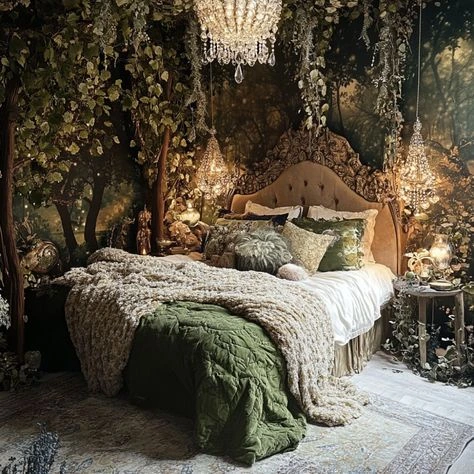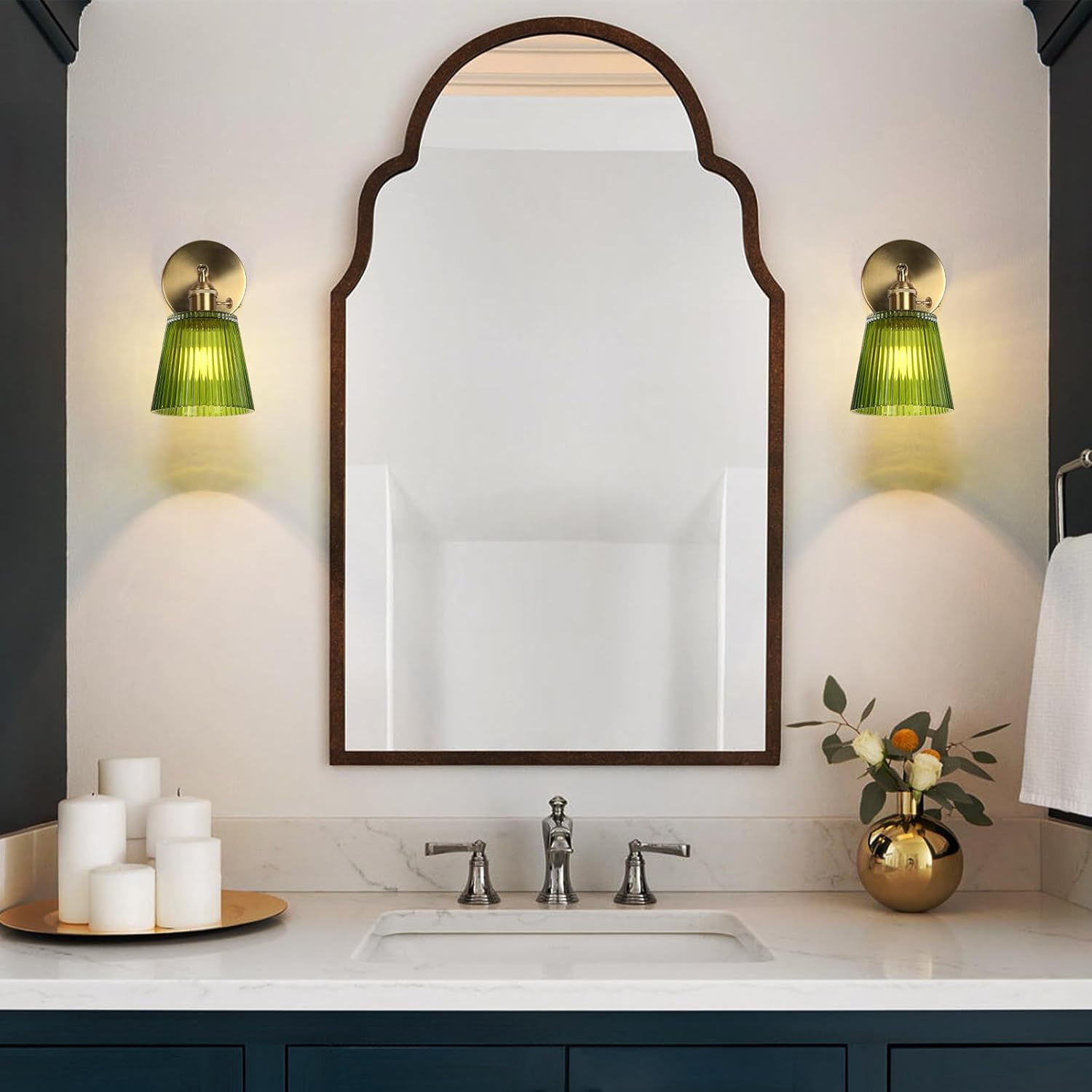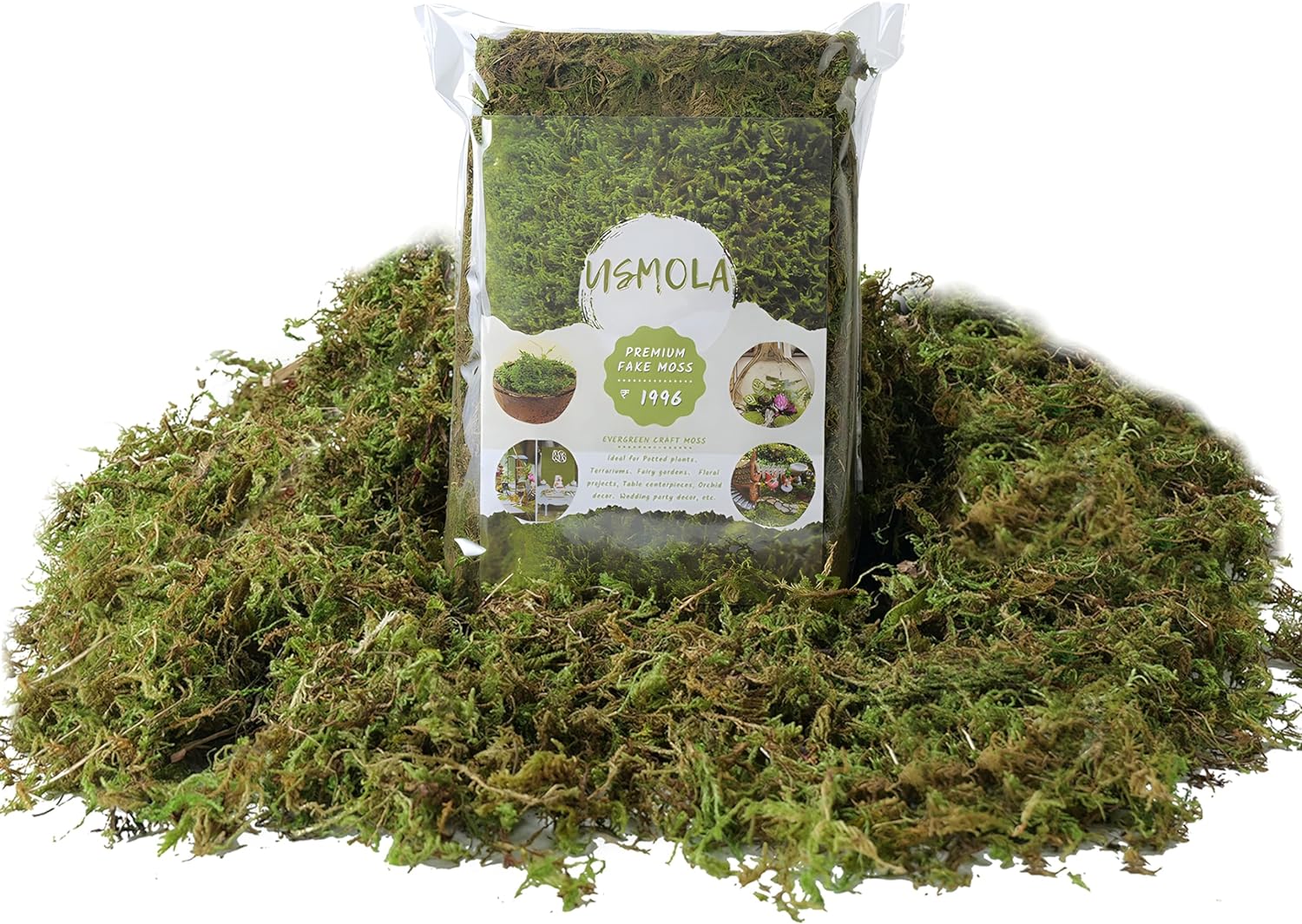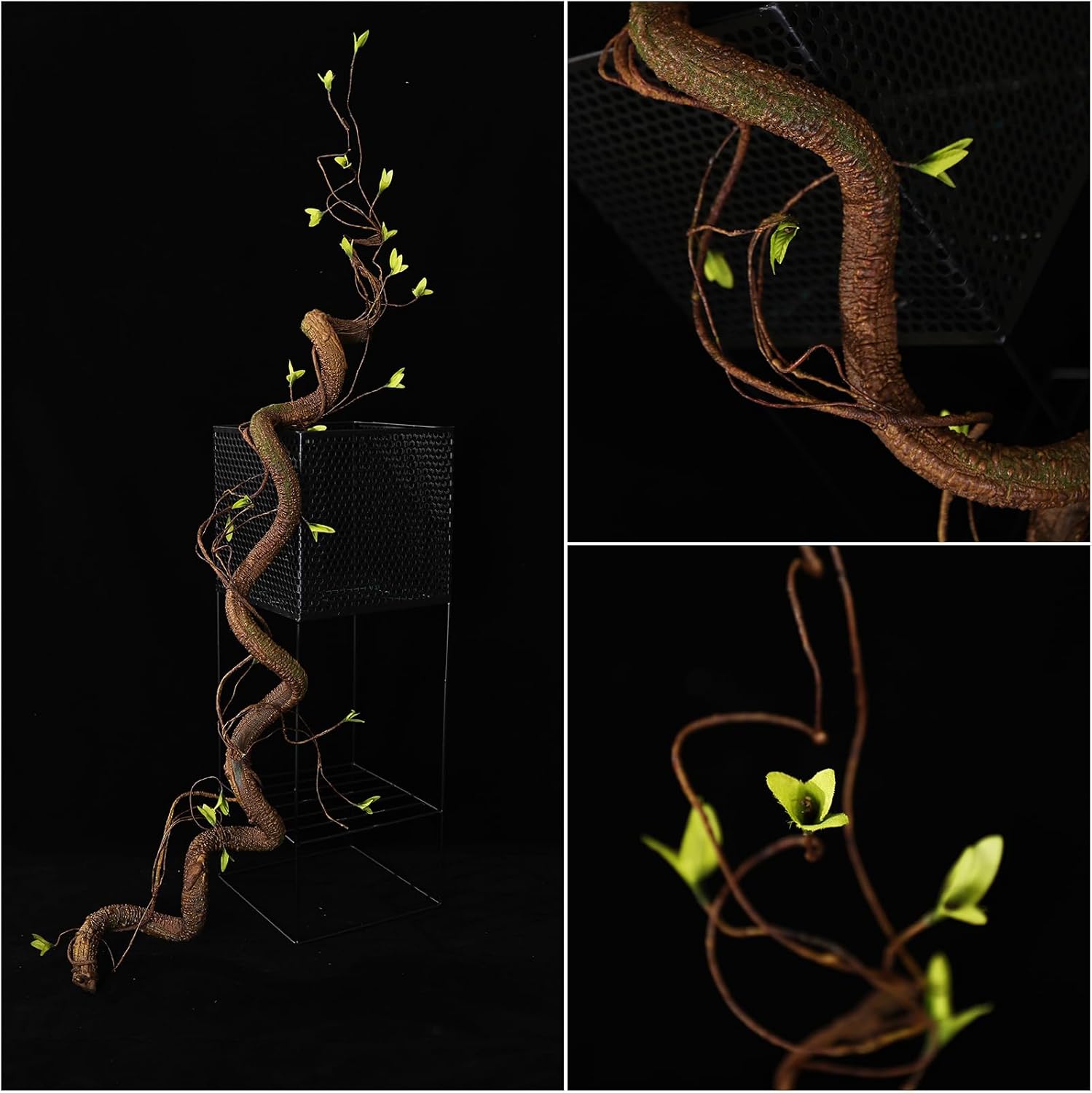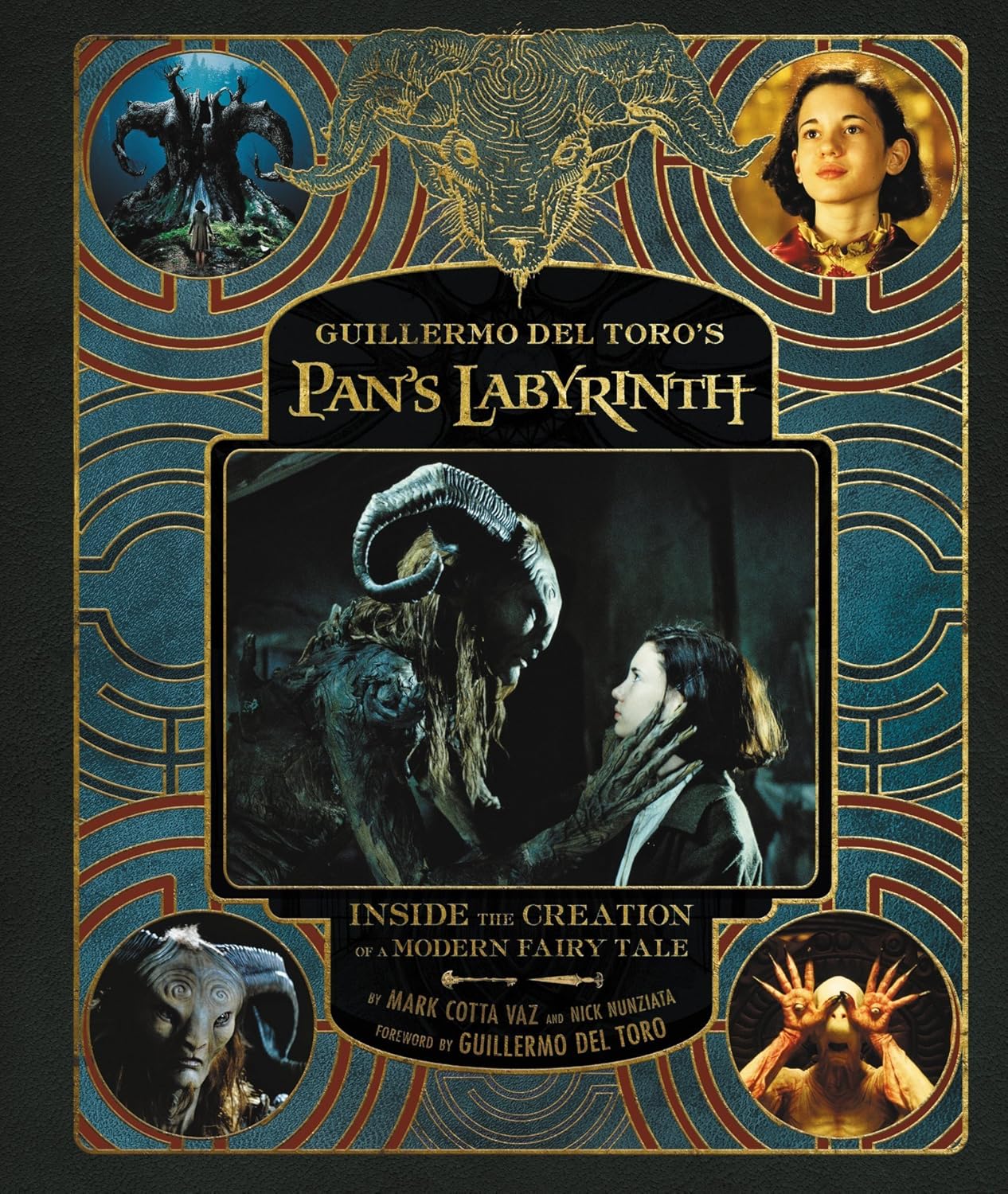Transform your space into a mystical woodland sanctuary with the enchanting dark forest aesthetic.
The dark forest aesthetic beckons those who crave something beyond sunlit meadows and cheerful blooms. This captivating fusion of gothic elegance and untamed nature creates spaces filled with mysterious atmosphere and enchanting charm. Unlike bright cottagecore or whimsical fairycore, the dark forest aesthetic dwells in shadowy depths where moonlight filters through ancient trees.
Americans increasingly embrace this moody elegance as an escape from sterile minimalism. The aesthetic offers lived-in comfort while maintaining a slightly otherworldly quality. Throughout this guide, you’ll discover how to transform your wardrobe, home, and lifestyle using principles of dark naturalism. We’ll explore everything from deep forest green palettes to gothic forest style fashion that channels woodland mysteries.
What is the Dark Forest Aesthetic?
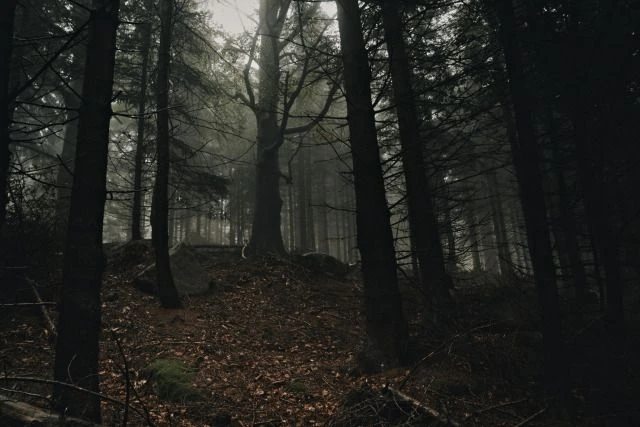
The dark forest aesthetic represents a captivating fusion where Victorian gothic elegance meets wild nature‘s untamed spirit. This lifestyle aesthetic celebrates the brooding atmosphere found in deep forest settings rather than bright pastoral scenes. Think twisted trees, misty forest clearings, and the haunting beauty of bare branches silhouetted against twilight skies.
Dark cottagecore shares DNA with traditional cottage living but trades sunny gardens for shadowy trees and mysterious woods. The aesthetic embraces weathered wood, moss green textiles, and natural materials that show age and character. Spaces designed with this sensibility feel like sanctuaries where forest folklore comes alive through carefully curated decorative elements.
How Dark Forest Differs from Other Nature Aesthetics
Woodland aesthetic variations exist on a spectrum from light to dark. Cottagecore celebrates sunshine streaming through lace curtains and freshly baked bread cooling on windowsills. Forest aesthetic enthusiasts might prefer bright hiking trails and cheerful cabin vibes. Goblincore collectors obsess over muddy treasures and chaotic natural finds.
The dark forest aesthetic stands apart through its embrace of shadows and mystery. Where cottagecore chooses cream and sage, dark naturalism selects charcoal gray and deep earthy tones. Gothic forest style incorporates wrought iron accents and rich velvet rather than simple cotton prints. This woodland clearing aesthetic whispers of dark fairytales and forgotten paths rather than cheerful picnics.
| Aesthetic | Color Palette | Mood | Key Elements |
|---|---|---|---|
| Cottagecore | Pastels, cream, soft yellow | Cheerful, nostalgic | Florals, baking, sunshine |
| Dark Forest Aesthetic | Deep greens, black, burgundy | Mysterious, gothic | Ancient trees, fog, shadows |
| Forestcore | Bright greens, earth tones | Adventurous, natural | Hiking, camping, wilderness |
| Goblincore | Muddy browns, moss | Chaotic, earthy | Mushrooms, frogs, dirt |
Mood, Atmosphere & Symbolism
The enchanting aesthetic creates spaces that feel simultaneously cozy yet mysterious. Atmospheric woodland settings evoke the sensation of wandering through pine forest paths at dusk. Flickering shadows from candlelight dance across exposed brick walls covered in trailing ivy. This magical realm exists between waking and dreaming.
Dark floral patterns featuring thorny roses symbolize beauty tinged with danger. Moss represents persistence and ancient growth. Spider webs catching morning dew remind us of nature’s delicate artistry. Ravens and owls serve as messengers between worlds in folk tales across cultures. The savage beauty of nature reveals itself through dead leaves returning nutrients to soil and animal bones becoming part of the forest floor’s endless cycle.
Key Visual Elements of Dark Forest Aesthetic
Design elements for the dark forest aesthetic revolve around capturing the timeless wonder of untamed wilderness. The moody color palettes avoid bright cheerfulness in favor of depth and shadow. Natural textures take precedence over smooth, polished surfaces. Every visual motif should evoke the feeling of stumbling upon an enchanted forest hidden from modern civilization.
Gothic design principles merge seamlessly with rustic materials to create sophisticated darkness. Vintage elements add layers of history and storytelling. The goal isn’t creating a museum but rather a space that feels inhabited by someone who values both beauty and mystery.
| Element Category | Specific Components |
|---|---|
| Colors | Deep forest green, midnight blue, rich burgundy, moss green |
| Textures | Chunky knits, plush velvet, weathered wood, natural fibers |
| Lighting | Soft lighting, ambient lighting, warm glow from candles |
| Accents | Wrought iron, antique brass fixtures, copper accents |
Lighting and Atmospheric Effects
Natural lighting filtered through heavy curtains creates the dappled effect of forest canopy shade. Flickering shadows from candles replicate moonlight dancing through pine boughs. Avoid harsh overhead fixtures that destroy the mysterious allure. Instead, layer ambient lighting sources at different heights throughout your space.
Oil rubbed bronze or vintage brass hardware on lamps adds rustic charm without sacrificing sophistication. Consider leaded glass windows or panels that fragment light into interesting patterns. The magical atmosphere intensifies during autumn aesthetic months when natural daylight wanes earlier. Strategic placement of mirrors can amplify limited light sources while maintaining the brooding atmosphere essential to this style.
Iconic Imagery & Symbolism
Botanical elements like dried flowers, pressed flower art, and ferns preserved under glass bring wild nature indoors permanently. Mushrooms appear frequently as both real specimens and artistic representations. Deer antlers mounted respectfully honor the woodland creatures that inhabit these mysterious spaces. Botanical prints featuring poisonous plants like nightshade or foxglove add an edge of danger.
Forest photography capturing misty mountains or moonlight filtering through branches makes powerful wall art. Gothic literature covers featuring forests create instant whimsical wonder. Woven tapestries depicting dark fantasy scenes transform walls into portals. Collections of pinecones, interesting bark samples, or Spanish moss displayed under cloches become conversation pieces that celebrate timeless wonder.
Fashion & Style Inspired by Dark Forest
Dark forest fashion embraces organic textiles and silhouettes that prioritize comfort without sacrificing drama. Gothic forest clothing features floor-length curtains of fabric rather than restrictive tailoring. The rustic gothic fashion movement proves you can honor both Victorian gothic influences and modern practicality. Woodland inspired clothing works for actual forest walks or simply channeling that energy in urban environments.
Dark cottagecore fashion layers natural materials to create visual interest and practical warmth. Think chunky knit blankets reimagined as shawls over soft linens. Rich velvet skirts paired with simple cotton blouses balance opulence with earthiness. The color story stays rooted in deep greens, forest browns, and inky blues rather than stark black alone.
Accessories, Footwear & Beauty
Leather accessories in worn, natural finishes complement the aesthetic better than shiny patent versions. Copper accents on bags or belts catch light subtly. Jewelry featuring woodland creatures like deer, wolves, or moths tells stories. Necklaces holding pressed flower art or tiny mushrooms in resin capsules bring botanical elements directly onto your body.
Footwear should suggest capability for actual forest exploration. Weathered wood-toned leather boots work better than pristine versions. Laces in moss green or burgundy add personality. For beauty, moody elegance manifests through deep earthy tones on eyes and subtle berry stains on lips rather than dramatic goth makeup. Hair adorned with bare branches, dried flowers, or ivy and vines creates an otherworldly appearance for special occasions.
Interior & Home Decor
Dark forest home decor transforms ordinary rooms into captivating mystery-filled sanctuaries. Interior design choices should prioritize inviting warmth despite darker palettes. Cottagecore interior design meets dark academia interior sensibilities through careful layering textures and curating decor that tells cohesive stories. Forest themed decor works equally well in small apartments or sprawling houses.
Natural design elements form the foundation of any dark cottagecore house. Reclaimed wood beams add architectural interest to ceilings. Stone walls or exposed brick walls provide textural contrast against soft linens. Arched windows or gothic windows maximize the enchanting charm of natural light during daylight hours.
| Room | Key Elements | Materials | Lighting |
|---|---|---|---|
| Bedroom | Dark forest bedroom textiles | Rich velvet, chunky knits | Candlelight, dim lamps |
| Living Room | Moody cottage decor focus | Raw wood, cast iron | Warm glow from fireplace |
| Kitchen | Vintage forest decor accents | Slate countertops, soapstone | Under-cabinet soft lighting |
| Bathroom | Dark naturalism home spa | Natural stone, wooden beams | Candles, frosted fixtures |
Lighting, Plants & Decorative Elements
Wrought iron candelabras holding real candles create immediate atmospheric woodland vibes. Antique brass fixtures on sconces provide ambient lighting without modern harshness. String lights get a pass only when they mimic fireflies with warm glow rather than stark white LEDs. Table lamps with lace curtains or fabric shades diffuse light beautifully.
Botanical elements should emphasize shade-loving varieties. Ferns thrive in lower light conditions perfect for this aesthetic. Ivy and vines trained along wooden shutters or picture rails bring the outside in. Terrariums containing moss and miniature twisted trees create self-contained forest worlds. Dried flowers in vintage brass hardware vases last indefinitely while maintaining haunting beauty. Embroidered pillows featuring forest animals or gothic design patterns add comfort and personality simultaneously.
Dark Forest Aesthetic in Art & Photography
Nature photography capturing wild nature‘s more mysterious moments perfectly encapsulates this aesthetic. Forest photography taken during golden hour’s dying moments or misty forest mornings conveys the slightly otherworldly quality sought. Images of ancient trees with twisted trees branches create instant focal points. Winter forest scenes stripped of leaves reveal architectural beauty in bare branches.
Dark fantasy illustrations featuring enchanted forest settings populate social media feeds of enthusiasts. Botanical prints from Victorian-era field guides offer vintage gothic credibility. Pressed flower art framed under glass becomes both art and specimen collection. Photography featuring woodland clearing scenes with moonlight filtering through forest canopy creates meditative wall art.
Gothic literature cover art from classic editions of tales set in forests makes thematically perfect decor. Consider illustrations from Grimm fairytales or Arthurian legend editions. Celtic mythology and Slavic tales frequently feature forest settings ripe for visual interpretation. Creating mood boards combining these elements helps refine your personal vision before investing in larger pieces.
Lifestyle & Mindset
Wood Land Aesthetic Track-Suit For Morning Walk
Incorporating elements of the dark forest aesthetic extends beyond physical spaces into daily rhythms. The lifestyle aesthetic encourages deeper connection with wild nature‘s cycles and mysteries. This doesn’t require living rurally. Urban dwellers can practice forest folklore-inspired rituals that ground them despite concrete surroundings.
Morning walks in whatever green space exists nearby become meditative practices when approached with intention. Notice moss patterns on trees. Observe how moonlight filtering through branches creates shadow plays. Collect fallen pinecones, interesting dead leaves, or shed deer antlers found naturally rather than purchased.
Wood Land Aesthetic Candlelight For Reading Literature
Autumn aesthetic and winter forest seasons naturally amplify this lifestyle’s appeal. Shorter days mean more time for candlelight activities like journaling or reading gothic literature. The cozy comfort of chunky knit blankets and hot beverages pairs perfectly with studying folk tales from various cultures. Many find that engaging with ancient stories about forest spirits and mystical beings enriches their appreciation for natural spaces.
Dark Forest Aesthetic in Pop Culture
Dark fairytales have influenced cinema profoundly. Guillermo del Toro’s Pan’s Labyrinth showcases enchanted forest settings where mythological traditions blur with harsh reality. The forest depths in these films harbor both wonder and danger. Cinematography emphasizes deep forest green palettes and moody color palettes that inspired countless enthusiasts.
Peter Jackson’s The Lord of the Rings trilogy brought Fangorn Forest’s ancient trees to life spectacularly. The twisted trees of Old Forest near the Shire whisper of timeless wonder and hidden threats. Tim Burton’s Sleepy Hollow wraps American folk tales in gothic elegance and mysterious atmosphere. These films demonstrate how forest aesthetic choices create emotional resonance.
Dark fantasy gaming like Dark Souls immerses players in atmospheric woodland environments filled with haunting beauty. Hollow Knight creates an underground enchanted forest realm with whimsical yet otherworldly charm. These interactive experiences let people inhabit spaces embodying these design principles for extended periods, deepening their appreciation.
DIY & Creative Projects
Embroidered pillows featuring woodland creatures or botanical elements personalize your space. Learn basic embroidery to add dark floral patterns to existing plain soft linens. Woven tapestries seem intimidating but simple weaving looms cost little and produce dramatic results. Choose deep earthy tones and natural fibers for authentic texture.
Creating atmosphere through handmade projects adds personal meaning while saving money. Plant Terrarium with Wooden Stand building aesthetic projects using found moss, small ferns, and miniature twisted trees recreate woodland clearing scenes in glass vessels. Hardware stores sell vintage brass hardware and cast iron pieces perfect for creating hooks or plant hangers with rustic charm.
Pressed flower art requires only heavy books, patience, and specimens collected during walks. Frame your creations using antique brass fixtures or simple raw wood. Create “enchanted jars” by placing dried flowers, Spanish moss, and flickering shadows from LED tea lights inside vintage containers. Wrought iron wall brackets can display collections of found animal bones, pinecones, or interesting bark samples under glass cloches.
Tips to Incorporate Dark Forest Aesthetic into Everyday Life
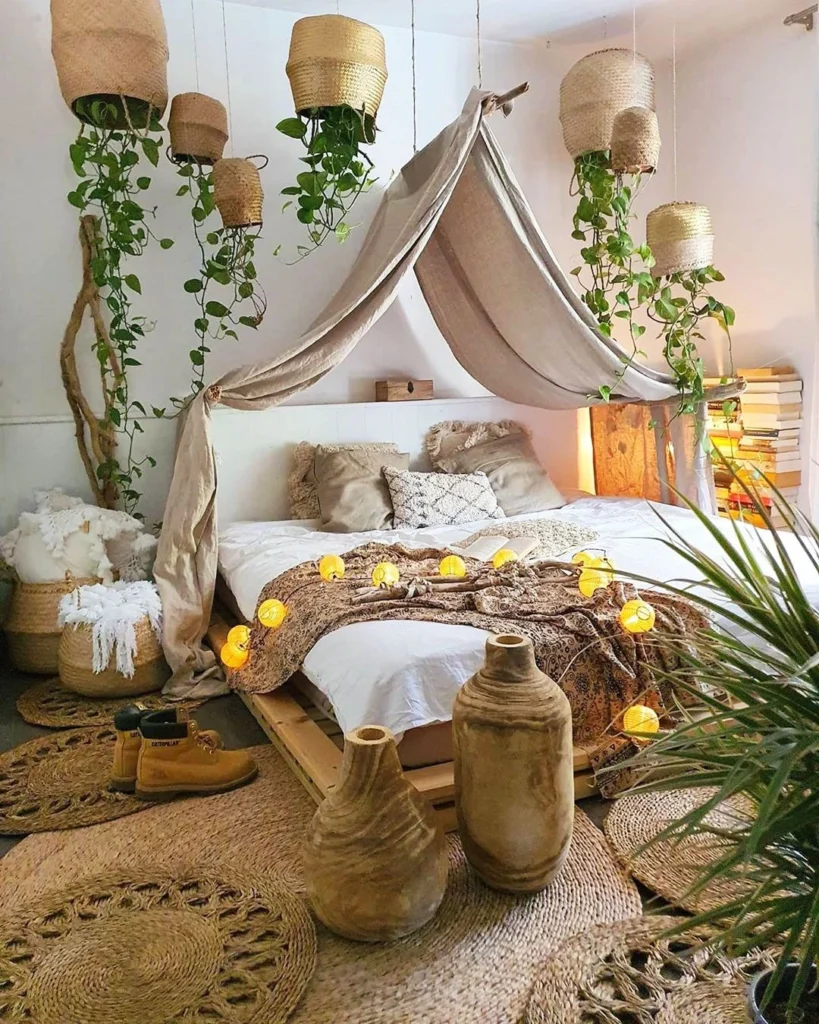
Achieving the look doesn’t require complete home renovation overnight. Start with transforming space through textiles since chunky knit blankets and plush velvet throw pillows create instant impact. Swap bright floor-length curtains for heavy curtains in rich burgundy or deep greens. These changes dramatically alter room mood while remaining renter-friendly.
Layering textures adds depth that flat surfaces lack. Combine weathered wood trays with vintage elements like brass candlesticks. Drape natural linen runners across tables and top with woven baskets containing dried flowers. Styling outfits follows similar principles by mixing organic textiles of varying weights and finishes.
Blending styles works surprisingly well with this aesthetic. Dark academia cottagecore merges scholarly pursuits with rustic elegance. Bohemian dark aesthetics add global textiles and looser structure. Witchy aesthetic overlaps significantly with dark naturalism. Even modern spaces benefit from selective incorporating elements like a single statement piece of forest photography or a collection of botanical prints arranged gallery-style.
Design inspiration flows from observing actual pine forest or deep forest environments during different seasons. Notice how moonlight filtering through forest canopy creates patterns. Study how moss green appears differently in shade versus partial sun. The savage beauty of nature teaches more about authentic dark forest aesthetic than any curated social media feed.
Conclusion
The dark forest aesthetic offers refuge for those drawn to mysterious allure over saccharine sweetness. This enchanting aesthetic celebrates wild nature‘s untamed aspects while creating cozy comfort in our homes and lives. Through natural materials, moody elegance, and connection to forest folklore, we build sanctuaries reflecting deeper truths about beauty.
Whether styling outfits with gothic forest clothing, designing interiors around atmospheric woodland principles, or simply walking shadowy trees with renewed appreciation, this aesthetic enriches daily experience. The captivating fusion of gothic sensibility and rustic charm proves endlessly adaptable to individual taste. Start small with one vintage brass hardware piece or a single pressed flower art project. Soon you’ll find the magical realm of the dark forest aesthetic transforming your entire worldview, one mysterious woods element at a time.
FAQ’s About Dark Forest Aesthetic
What distinguishes dark forest aesthetic from cottagecore?
Dark cottagecore embraces shadows and mystery while traditional cottagecore celebrates sunshine and pastoral brightness. The dark forest aesthetic uses deep forest green and charcoal gray instead of pastels. Gothic elements replace cheerful florals. Both value natural materials but interpret them through different emotional lenses creating distinct atmospheric woodland versus sunny meadow vibes.
How do I decorate a bedroom with dark forest aesthetic?
Start with rich velvet or chunky knit blankets in deep earthy tones. Choose weathered wood furniture over painted pieces. Add wrought iron candelabras for candlelight ambiance. Hang forest photography or botanical prints on walls. Include dried flowers and moss in glass containers. Use floor-length curtains in midnight blue or forest browns to control natural lighting effectively.
Which colors best define this mystical style?
The essential moody color palettes include deep forest green, moss green, charcoal gray, rich burgundy, midnight blue, and forest browns. Earth tones dominate rather than stark black. Jewel tones appear as accents through plush velvet textiles. Muted tones work better than saturated brights. Think twilight in pine forest settings rather than cheerful daylight colors.
Can I blend dark forest aesthetic with modern minimalism?
Absolutely. Choose quality natural materials in simpler forms. A single dramatic twisted trees branch displayed in a vintage brass hardware vase becomes sculptural art. Raw wood tables with clean lines honor both aesthetics. Slate countertops or soapstone provide moody elegance without clutter. Limit decorative elements to meaningful botanical elements rather than covering every surface.
What plants work best for this aesthetic?
Ferns thrive in lower light while providing woodland aesthetic authenticity. Ivy and vines trained along walls or shelves add enchanting charm. Moss terrariums create miniature enchanted forest worlds. Shade-tolerant plants with deep greens like pothos or philodendrons suit the dark naturalism palette better than flowering varieties. Spanish moss draped decoratively adds mysterious atmosphere without requiring active care.
How expensive is adopting dark forest aesthetic?
Building aesthetic on a budget works perfectly fine. Thrift stores overflow with vintage elements, weathered wood pieces, and antique brass fixtures. Nature provides free botanical elements like pinecones, dead leaves, and moss. DIY pressed flower art costs nothing but time. Invest gradually in quality organic textiles rather than buying everything immediately. The lived-in comfort actually benefits from accumulated pieces over time.
Where can I find dark forest aesthetic inspiration online?
Pinterest boards tagged with dark forest aesthetic, dark cottagecore house, or gothic forest style overflow with ideas. Instagram accounts focused on nature photography and forest photography provide authentic visual motifs. YouTube channels demonstrating cottage core interior design often include darker variations. Museums’ online collections of Victorian gothic art and botanical prints offer period-accurate design inspiration. Reddit communities dedicated to dark academia share overlapping content frequently.
If you’re interested in Medieval Goth Aesthetic Journey, be sure to check out our How to Start Your Medieval Goth Aesthetic Journey (For Baby Bats & Beginners) to explore more unique and dark options!

